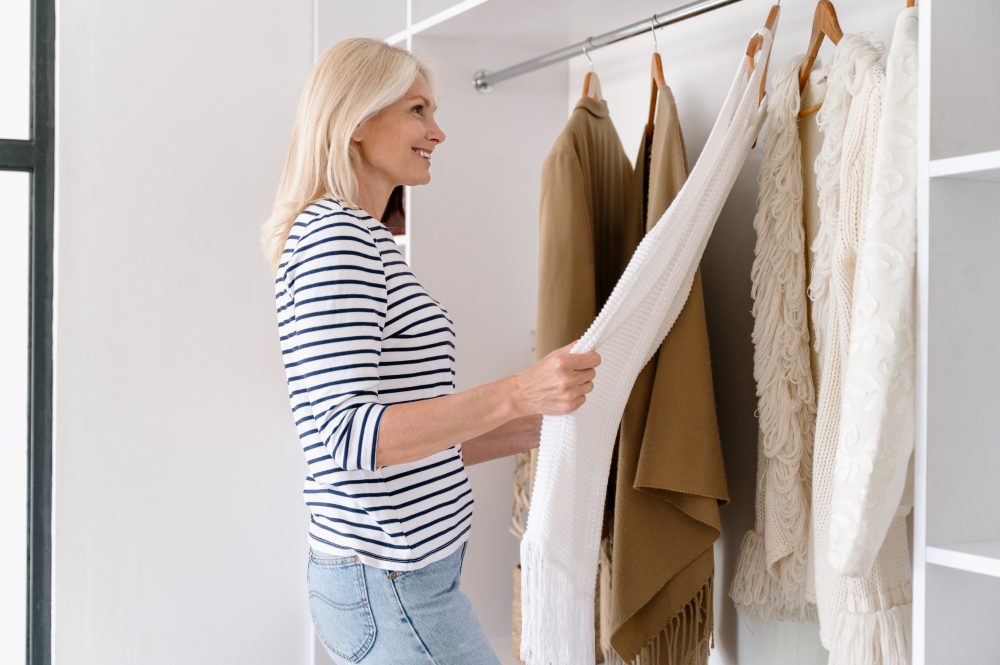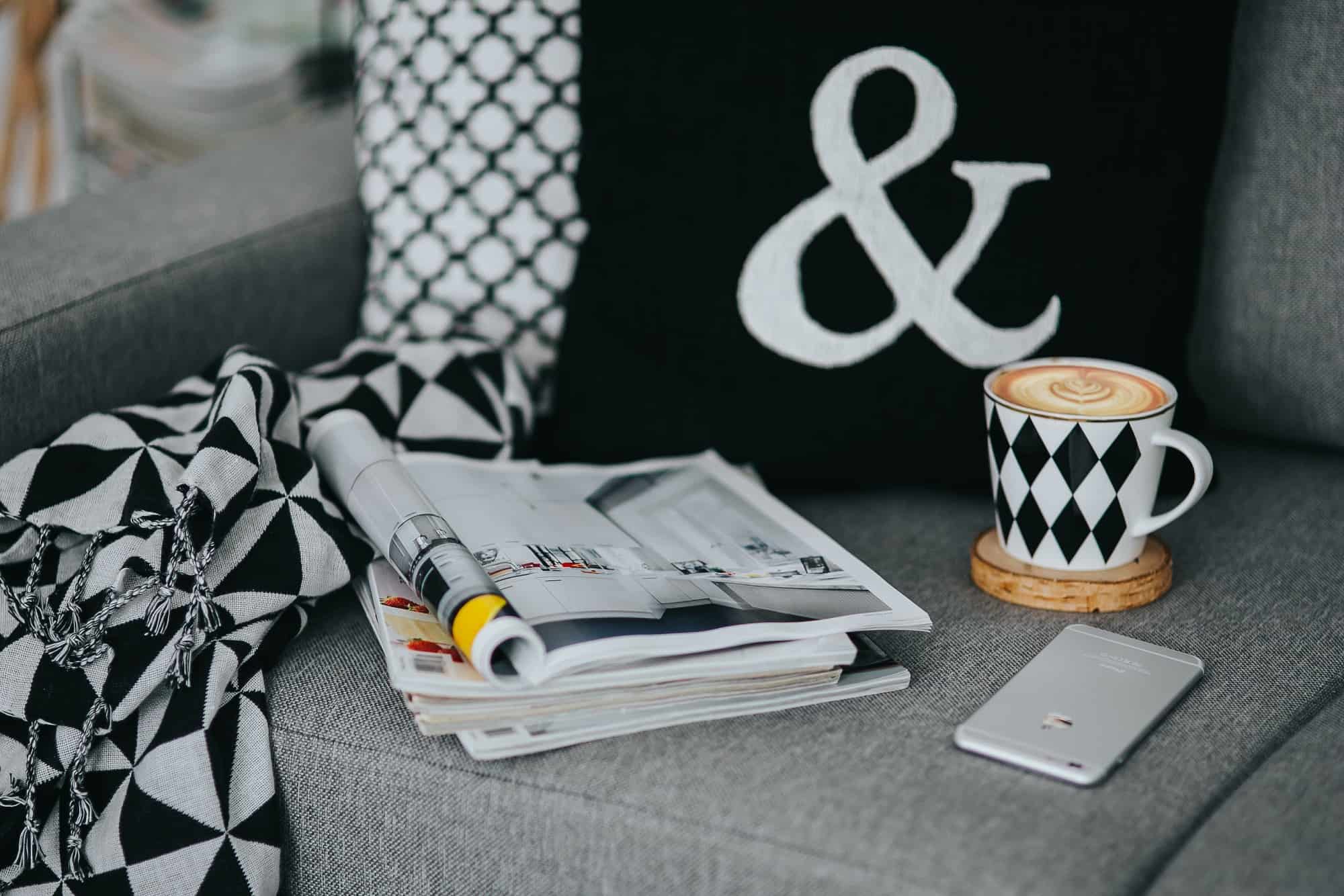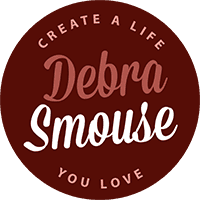You stand in front of your closet before a busy day. Some clothes calm your nerves. Some make you tug at a hem or check a mirror too often.
Color, fit, and fabric can change how you move through a meeting, a school run, or a dinner with friends. Many readers also want a style that reflects their values. Pieces like dark red dresses give a grounded, confident look, and they can still align with choices that care about people and the planet.
Start With How You Want to Feel
Most of us reach for the same two or three outfits because they feel good on a hard morning. That is useful data. Ask a simple question as you sort your clothes this week. Which items help me feel calm, strong, or playful, and which do not?
Lay three outfits on your bed that make you feel like your best self. Note what they share. Maybe it is a soft knit that moves with you or a waist seam that sits right. Keep a short list on your phone.
When you shop or plan a week of outfits, use that list to guide you. This turns mood into a small, repeatable habit.
Researchers call the effect of clothing on mood and behavior as enclothed cognition. Studies suggest that what we wear can shift confidence and attention. You do not need lab terms to use the idea. It is enough to notice that a certain dress makes you stand taller and speak more clearly.
Fit, Fabric, and the Little Checks
A garment that fits well reduces stress across the day. If you adjust a neckline ten times before noon, that piece is asking for work you do not need. A personal stylist Los Angeles would remind you that comfort and confidence begin with how your clothes move with you, not against you. Make small checks when you try on or review your closet.
Sit in the outfit. Reach for a top shelf. Walk a quick lap. If the fabric pulls, it will pull at your focus. Look for seams that sit flat, waistbands that hold without digging, and straps that stay put.
Natural fibers like cotton and linen can breathe in warm weather. Blends with a touch of stretch can make a fitted shape more comfortable for long wear.
Texture also matters. A ribbed knit can feel cozy for writing or coaching sessions. A satin slip can feel cool under a blazer when you move between meetings and dinner. This is not about new rules. It is about noticing your body’s signals so your clothes work with you.
Color That Supports Your Mood
Color can set a tone before you say a word. Soft tones can soothe. Bold tones can cue focus and presence. Many people report that rich reds add energy and a sense of purpose.
If you lean classic, a deep red dress under a neutral coat reads polished without feeling loud. If you enjoy trend pieces, red can be the main story with clean shoes and simple jewelry.
There is debate in research on color and mood, but large overviews note that color can influence how people feel and perform in certain settings.
Use a small test. Pick one color family for a week. Rotate two tops or a dress in that shade. Track how you feel and how your day flows. At the end of the week, keep what helped and pass along what did not.
Simple Outfit Formulas That Save Time
Busy people need less choice at 7 a.m., not more. Create three outfit formulas you can repeat with small tweaks.
-
- Dress plus sneakers or ankle boots. Choose a midi or mini that fits your life. Add clean sneakers for errands or ankle boots for a meeting. A deep red dress pairs well with black, tan, or white shoes. Finishing your look with simple details like black flat shoe laces can help maintain a clean and balanced style across different outfits.
- Top, straight skirt, and light layer. A soft tee tucked into a straight skirt with a cardigan gives ease and shape. Swap the cardigan for a blazer when you need more structure.
- Monochrome set. A matching top and bottom removes guesswork. Go all cream, all black, or all red. Add a simple chain and a bag you can carry all day.
Write these formulas on a sticky note inside your closet. When you are tired, read and follow. This keeps your energy for the real work of your day.
Getting More From Fewer Pieces
A supportive closet does not need a large haul. Start with a short rail of pieces that mix and match. Choose one dress you love, two tops, two bottoms, one knit layer, one blazer, and shoes that can carry you from morning to night.
Add one color anchor, like deep red, to prevent your outfits from feeling flat.
Mind your care routine. Steam instead of iron when possible. Use a gentle cycle and a mesh bag for delicate fabrics. Mend small snags right away so they do not spread. A little care helps favorites last longer and look better.
If values matter to you, check brand pages for notes on ethical sourcing and material standards. Favor items that publish fabric content and care notes clearly. Clothing that is made with attention to people and materials often wears better through seasons.
Style for Different Moments of Your Life
Clothes can support the part of your day you want to honor. Try these simple prompts.
-
- For focused work. Choose a quiet color base like black or stone. Add a single strong piece, like a deep red dress or a red top, to signal presence when you meet clients or present ideas.
- For care tasks and errands. Pick breathable fabrics with stretch. A soft knit dress with white sneakers moves from pharmacy run to school pickup without fuss.
- For rest and reset. Change into a robe or soft lounge set as soon as you are home for the evening. The change tells your mind it is time to slow down. Set these pieces on a hook near the door so the swap is easy.
- For social time. Keep one outfit that makes you smile ready on a hanger. Maybe it is a satin slip dress with a cardigan or a simple A line with a clean line. When a friend calls, you are ready in minutes.
A Gentle Shopping Filter
When you add a piece, ask three quick questions.
-
- Will I wear this at least once a week for the next month?
- Does it work with two things I already own?
- Does it match the way I want to feel during a real part of my week?
If the answer is yes across the board, it is likely a good fit. If you are unsure, wait two days. If you still think about it, try it on again and move through the fit checks.
A deep red dress often passes this filter well. It works for a meeting, a dinner, and a weekend plan. It pairs with sneakers, boots, or sandals. It reads warm and steady without asking for much styling.
Closing the Loop With Self Care
The closet is not about perfection. It is about support. Keep what helps you feel like yourself on a busy day. Pass along what asks too much work. Note your formulas and colors that lift your mood and plan your week with them. When your clothes reduce friction, you save energy for the people and projects that matter most.









